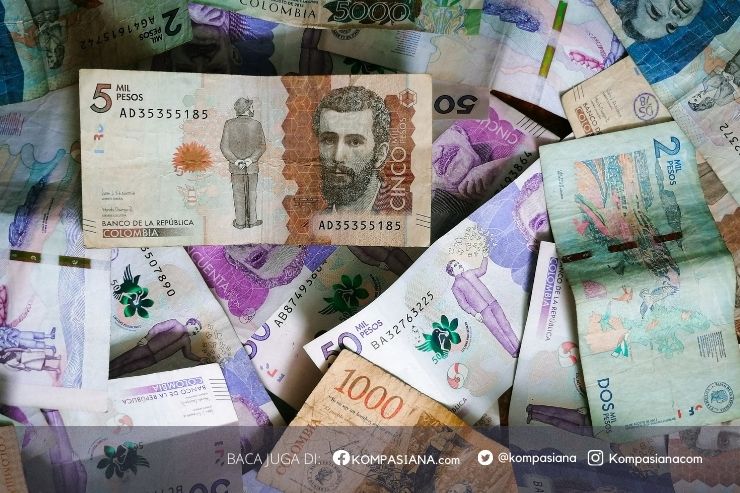Inflation is the rise of general goods price that counted overall. Inflation happens because the circulation amount of money is too much and the existence of surplus from goods demand against its supply or excess demand for goods (Gunawan, 1991). In addition, the price increase is not solely due to the influence of technology, characteristic of goods, or because when Eve feast happen, but the influence of inflation generally takes place within a period that takes long enough (Khalwaty, 2000).
Price increases caused by inflation also affects staple goods price that is categorized on essential stuff of life (Sukirno, 2015). Essential stuff is an item that consists of the basic necessities of society, such as groceries and clothing. The level of purchasing these goods will not change even when the prices increase to happen. This essay will explain the impacts of inflation on the economic sector.
First, inflation causes the price increase on staple goods. Barro (1995) assesses the impact of inflation in the 1960s. The study supports that inflation is costly. The negative effect of inflation on growth is only statistically significant when inflation is in excess of 40 percent. This event ever in Indonesia during 1966-1968 and 1972-1974, with the rate of inflation above 80% and 25% per year (Gunawan, 1991). The impact of this inflation is increased price on staple goods. However, it can be handled by anti-inflation policy by the Government of the new order such as self-sufficiency in rice. In contrast, Indonesia currently has only 1 digit rate of inflation, as described by Bank Indonesia.
In this January 2018 inflation rate in Indonesia reached 3.25%. This does not affect the increase in prices of goods that continued rising despite new year celebration has ended, as happened in the Kebayoran Lama market, South Jakarta, the price of commodities and staple goods which higher than before (Afriyadi, 2018). So, inflation remains the cause of rising prices of goods even though the inflation rate is currently less than 10%.
Second, inflation also causes a decrease in purchasing power due to people's income that has not been evenly distributed. people that have fixed income will experience a decline in the real value or decreased the ability of money to be exchanged for goods or services (Khalwaty, 2000).
As explained in Law no. 7 Article 21 that the Rupiah currency is a legitimate means of exchange in Indonesia and may be used in any transaction for the purpose of payment. This will be more pronounced if the inflation rate is high enough or when inflation has a rate of 10% (Khalwaty, 2000). So if at the time of inflation happens uneven distribution of income in the community will cause a decrease in purchasing power in the fulfillment of life needs.
In addition, to causing negative impacts, inflation also has a positive impact on output. According to Khalawaty (2000; 55) to inflation judged to be able to increase production and profits at manufacturers provided the existence of a price increase production or rising prices of factors of production.
This can happen if the inflation rate is still within reasonable limits (under 5%), rest (above 10%) inflation can kill the industry and reduce output (Khalwaty 2000). Then profit caused by price increases on goods may encourage producers to continue to improve its production if the inflation rate is still in the normal range.
Then it can be inferred that inflation is a price increase calculated events are normal and bringing a positive impact or a negative depending on the rate of increase in inflation. If the inflation rate is still in the normal range then inflation will bring positive impact and if it exceeds it will bring a negative impact. Therefore it's good if we maintain a normal inflation rate in order to grow the economy in Indonesia.
Khalawaty,Tajul. 2000. Inflasi dan solusinya. Jakarta: Percetakan PT SUN
Gunawan,Anton Hermanto. 1991. Anggaran Pemerintahan dan Inflasi di Indonesia. Jakarta: PT Gramedia Pustaka Utama




